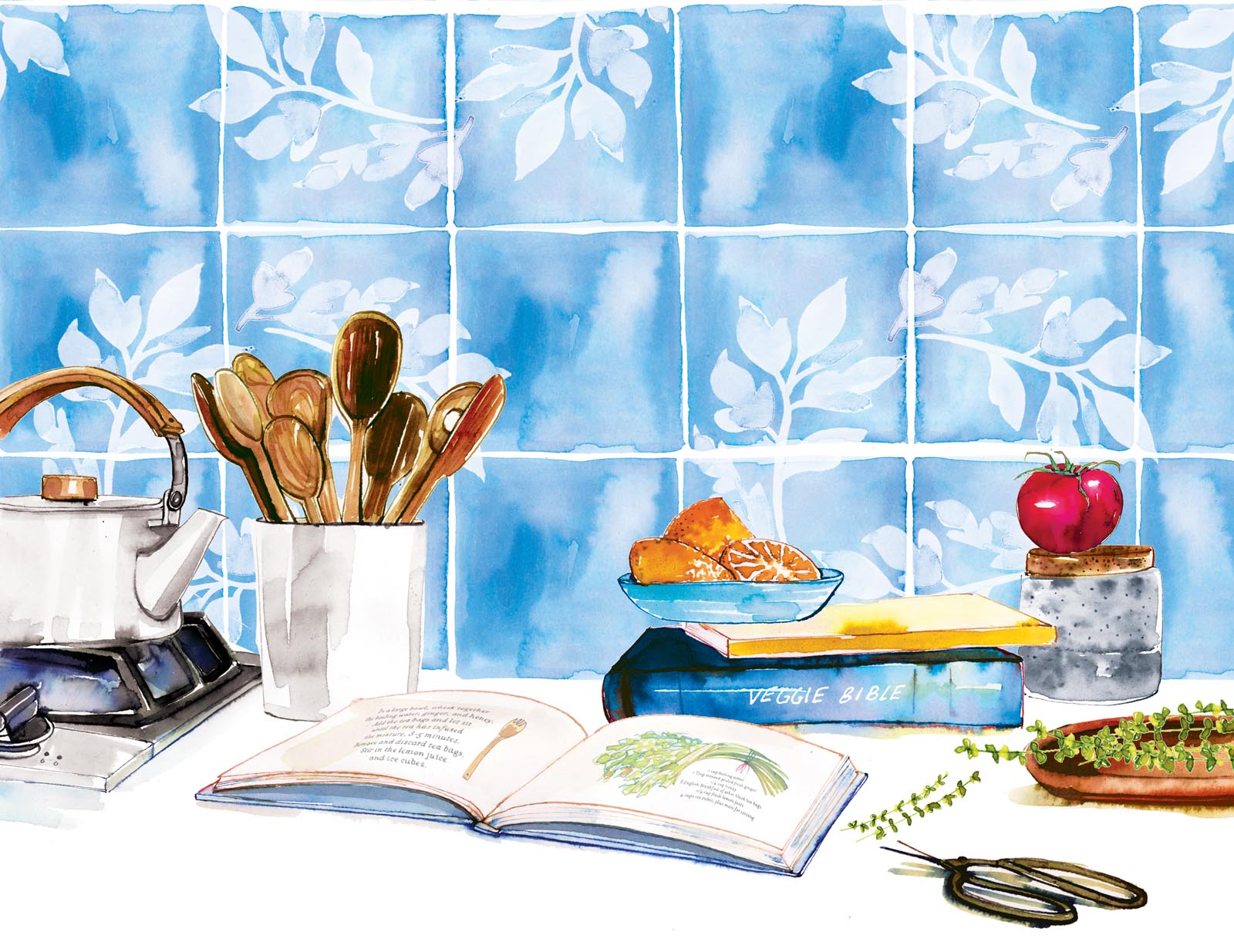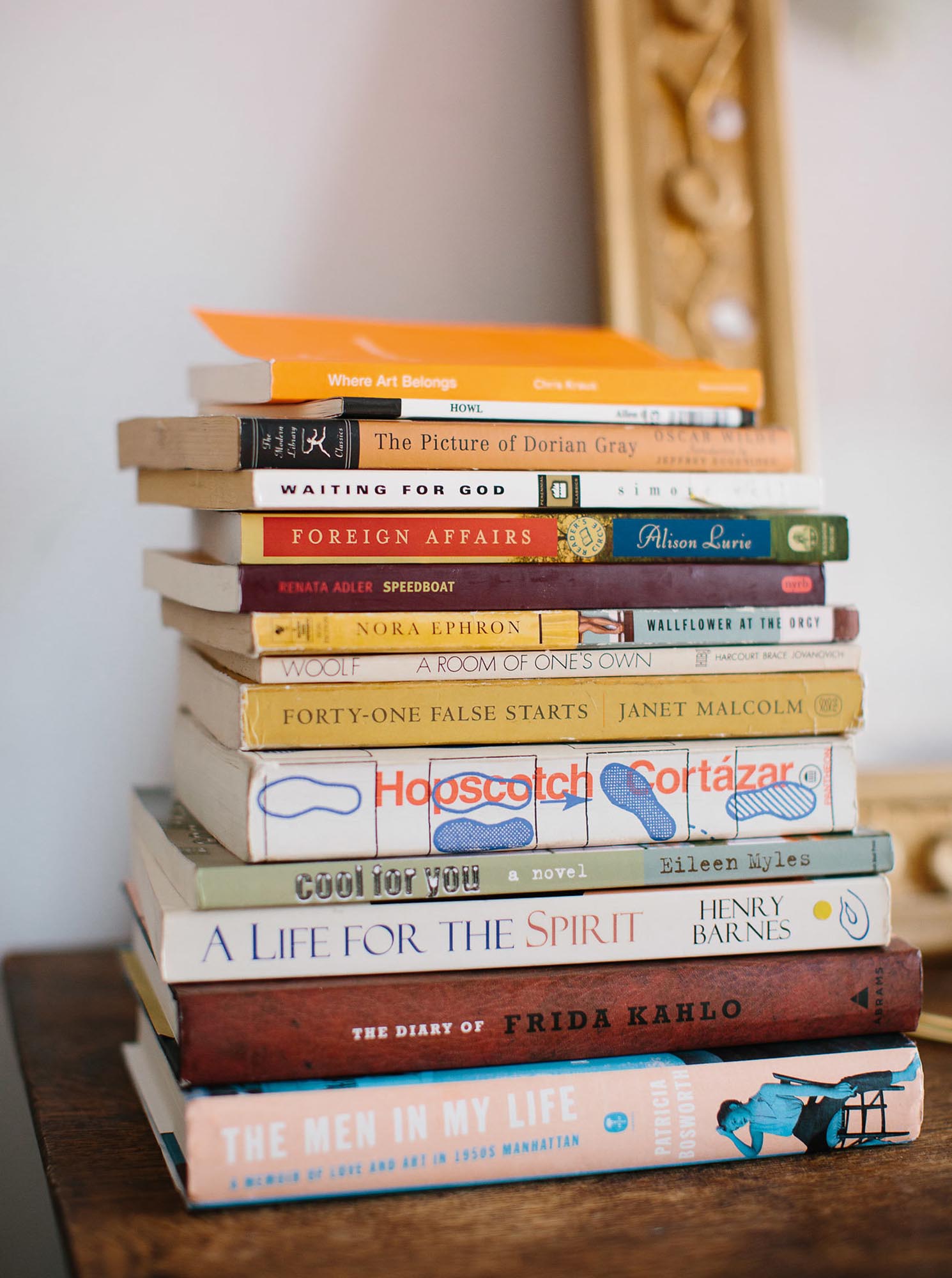
There is a book about every subject. And there is a book for every person.
When Thatcher tells people about Juniper Books at a cocktail party, he’s occasionally met with a response such as: “That’s an interesting niche business but I’m not a reader so it’s not for me.”
The reality is that you don’t have to be an avid reader or especially literary to have a book collection. If you are interested in a subject—cigars, knitting, travel—there is almost certainly a book about that subject, probably a handful or many more.
We would argue that it’s actually possible to build a book collection on just about any subject! Perhaps you already have a collection of books about your hobbies and didn’t even know it.
Over the years Juniper Books has curated collections of just about every subject under the sun. It’s one of the things that makes the business so fascinating and never boring.

Credit: Christine Han.
We love hearing about what people are interested in and pursuing the challenge of finding books for a set, a shelf, or a library on a particular topic.
Below are some examples of requests we have received over the years:
Russian children’s books
Sicilian history
Hollywood history
Guitars
The Space Race
Harley-Davidson motorcycles
Horseback riding
Abraham Lincoln
Marching bands
Knitting
Sheep
German expressionist art
Typography
There really is a book about every subject. Sometimes it takes just one book to begin a collection or to anchor a group of seemingly disparate books, providing a launching point to build a larger collection.
Two books can constitute a “collection.”
Once you have three, you’re on a roll! The larger it is, the more it says that it’s important to you and the more you can deepen your knowledge and immersion in that subject or hobby. Books are not just for readers or booklovers. Books are for everyone.
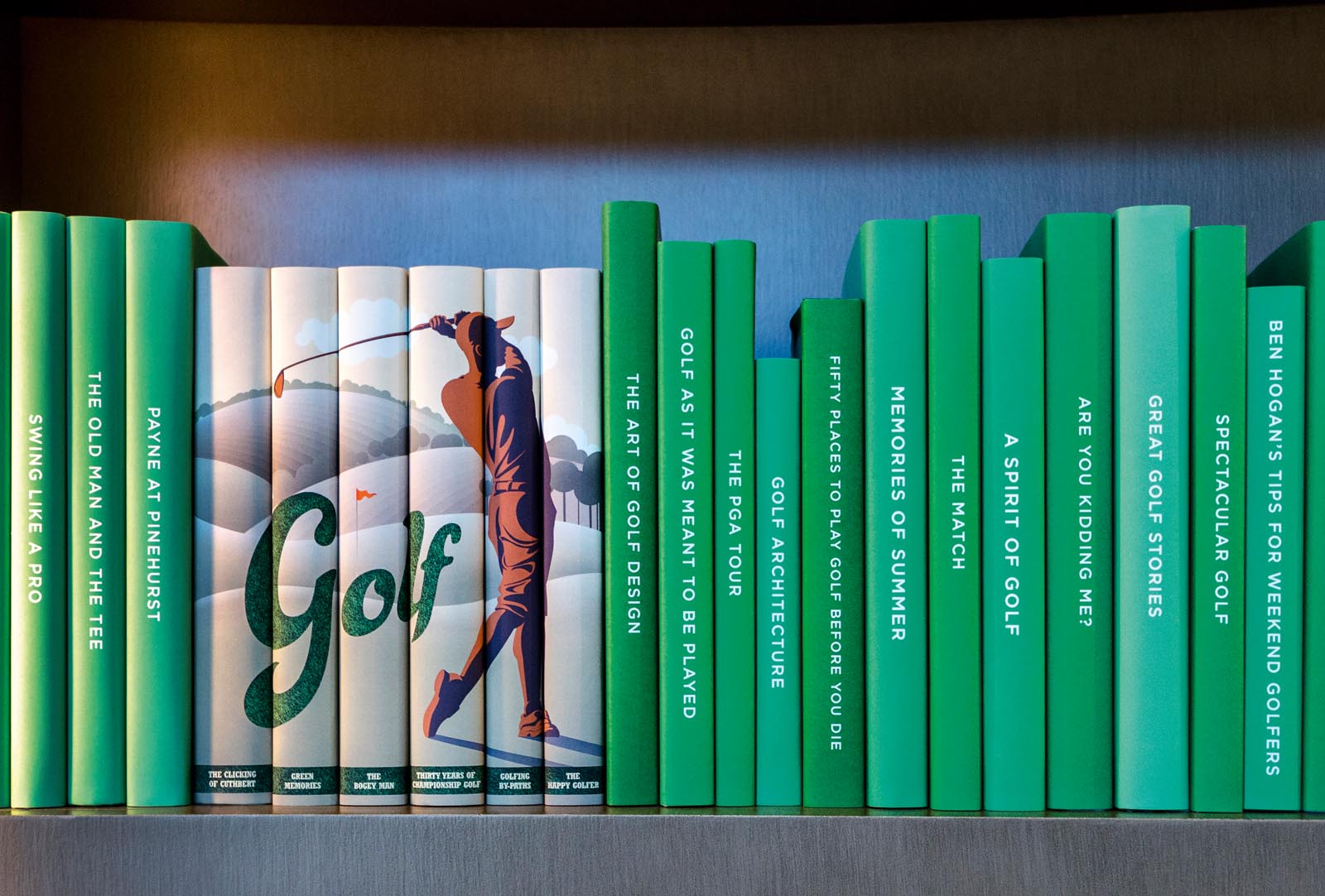
“If you only read the books that everyone else is reading, you can only think what everyone else is thinking.”
—Haruki Murakami1
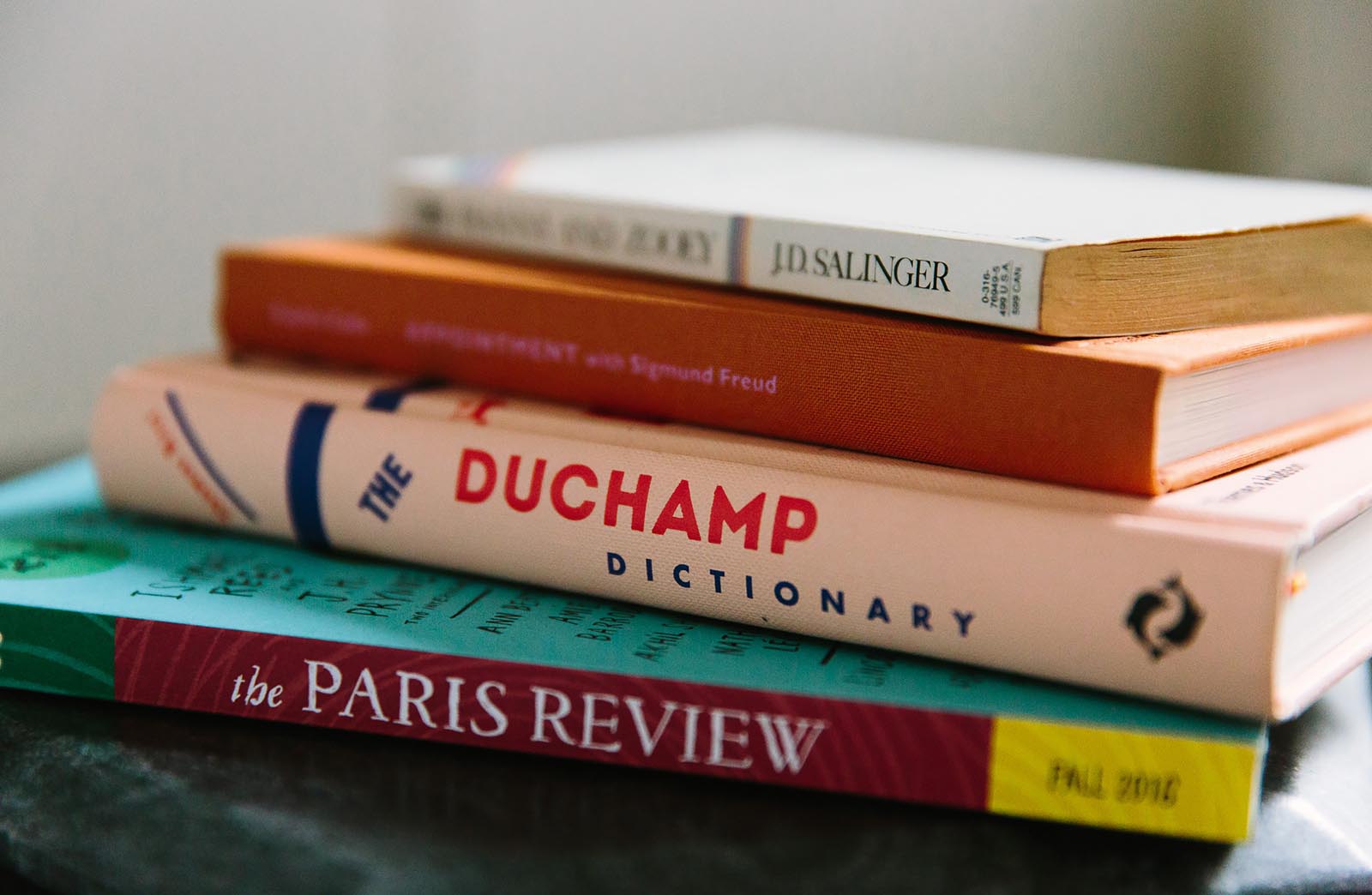
Credit: Christine Han. Features the home of Claudia Wu.
If you love a place—Italy or Amsterdam, for example—there are hundreds of books you could buy with beautiful photos to remind you of this passion. You can display them on your coffee table for all to see and you can revisit your travels every time you open the books. If you are interested in old watches or classic cars, there are endless publications that discuss their history in detail.
Do you hike? Enjoy time in nature? You could start with photography books about classic trails, expanding to Ansel Adams and John Muir. Then bring it back to fiction—perhaps Jack London’s stories will be your go-to. Or find travelogues by Bruce Chatwin or Frances Mayes that you adore and must own in clothbound hardcovers or leather editions.
Do you love fine wine and great food? You could spend a small fortune on antiquarian books, rare early publications about cooking and wine making. Or find an endless supply of recent cookbooks, books about gastronomy, vineyards, and vintages. You could also focus on fiction and be entertained by Hemingway and Fitzgerald. The writings of M. F. K. Fisher and Jean Anthelme Brillat-Savarin are delicious to consume and if you have them on your shelves, it speaks to a certain seriousness about your interest in food.
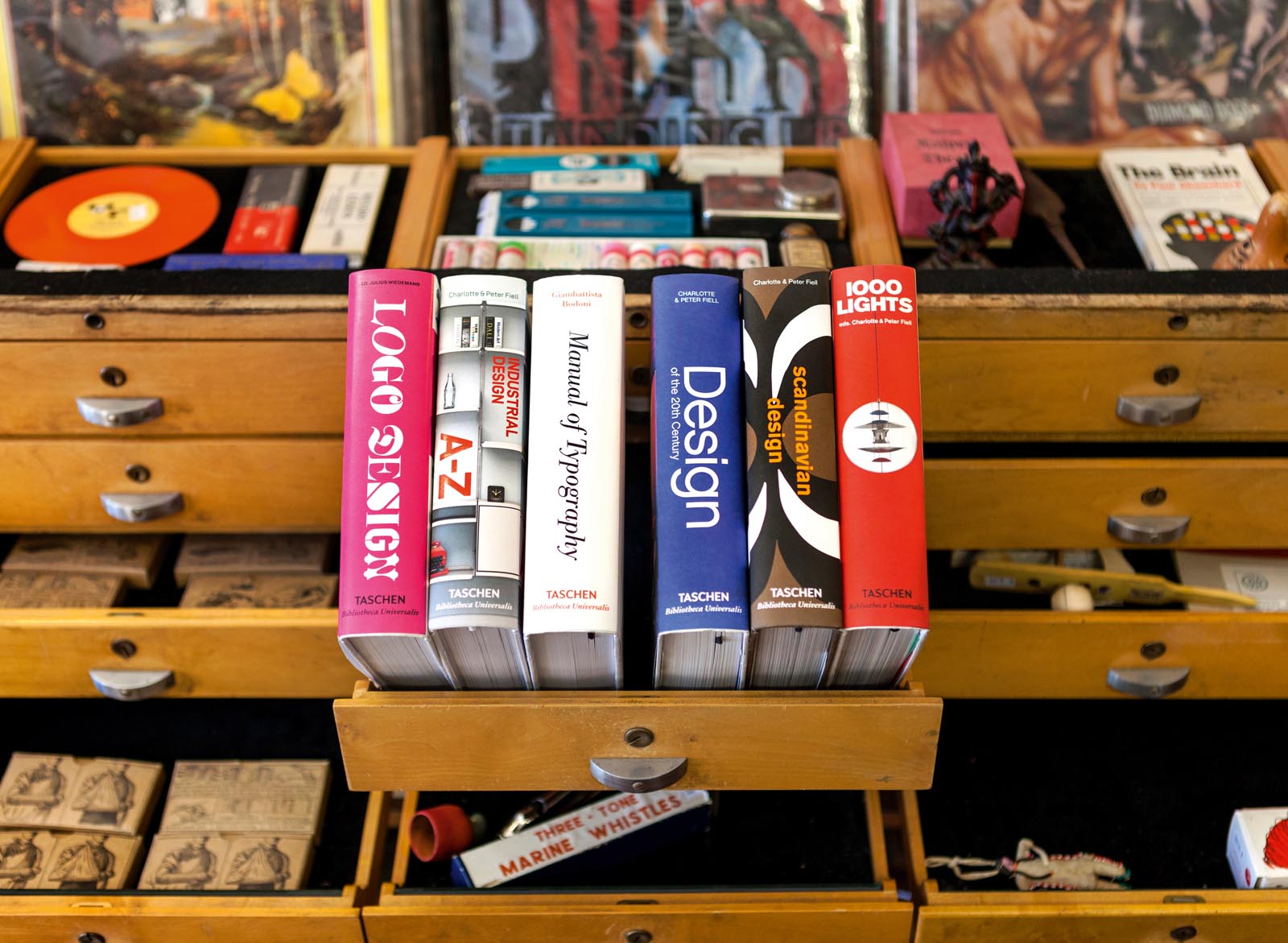
My non-literary hobbies and interests in no particular order include: skiing, cycling, hiking, living in Colorado and the mountains, and Dartmouth College (where I went to school). Some of my favorite books in my collection are stories of Colorado in the nineteenth and early twentieth century.
My love of Colorado and the mountains led me first to stories of Colorado in the nineteenth century and one author in particular whom I became somewhat obsessed with—Enos Mills.
Mills is known as the “John Muir of Colorado” as he was instrumental in writing about and protecting the wilderness. He lived in Estes Park, Colorado, and lobbied for the successful creation of Rocky Mountain National Park. His books are filled with crazy adventures which he was often unprepared for. He encountered wildlife and extreme weather conditions in the Colorado mountains and wrote more than a dozen books. I wondered when I stumbled across the first editions of Enos Mills at estate sales why I had never heard of him before. Then I thought of how many authors and subjects there were similar to Mills, waiting to be discovered and collections of their works assembled.
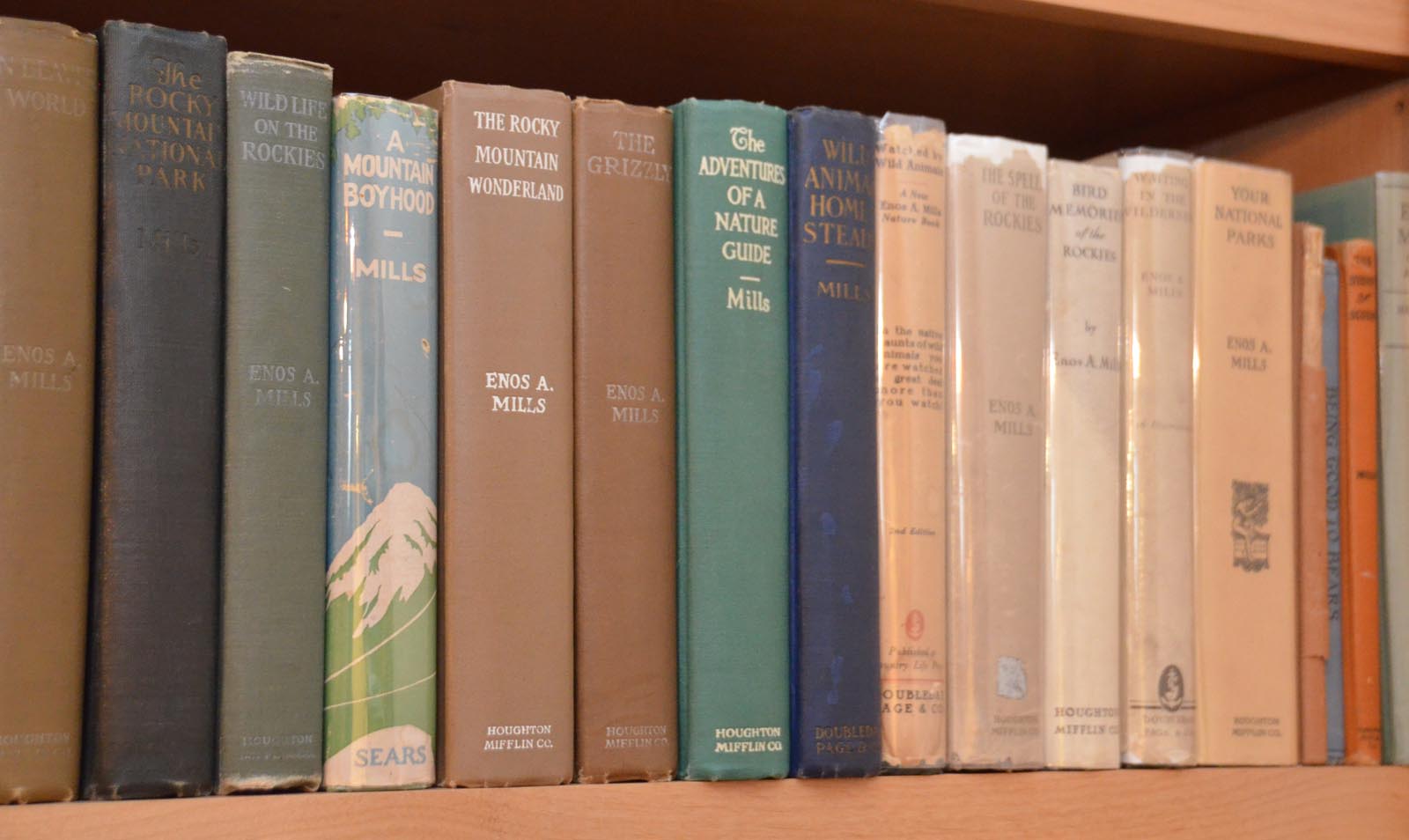
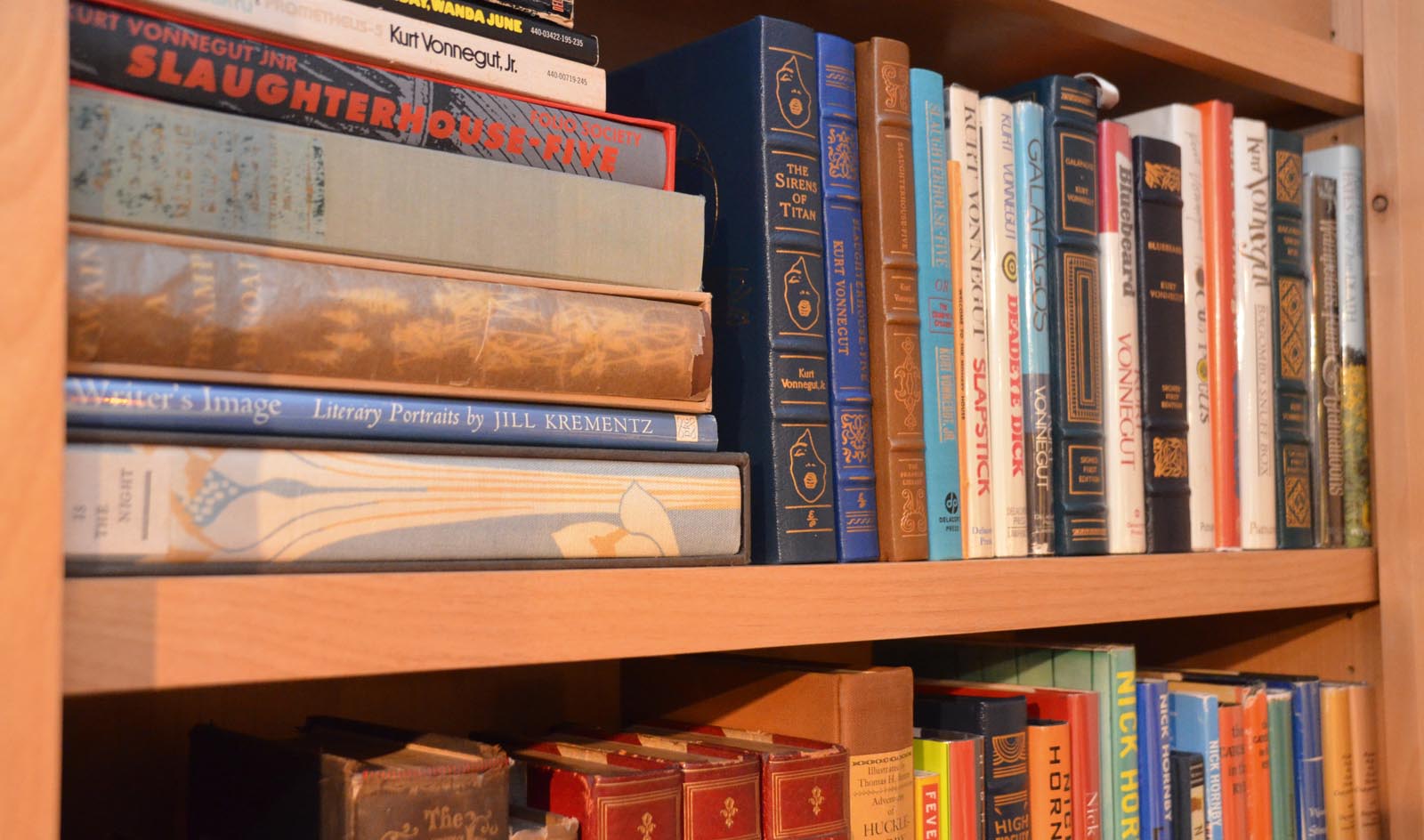
Quite often books can be a vehicle for deepening your knowledge, interest, and passion for your hobby, something that could not have been pursued through the hobby alone. For example, you can love fashion and dress to the nines, but you can learn so much more about the history of fashion by reading a biography of Coco Chanel or flipping through one of the fashion house’s coffee table books.
Books can open up unknown avenues and awaken interests, for that’s their power. Trust it. Start where you are, with what you know and like, and then let the magic take hold.
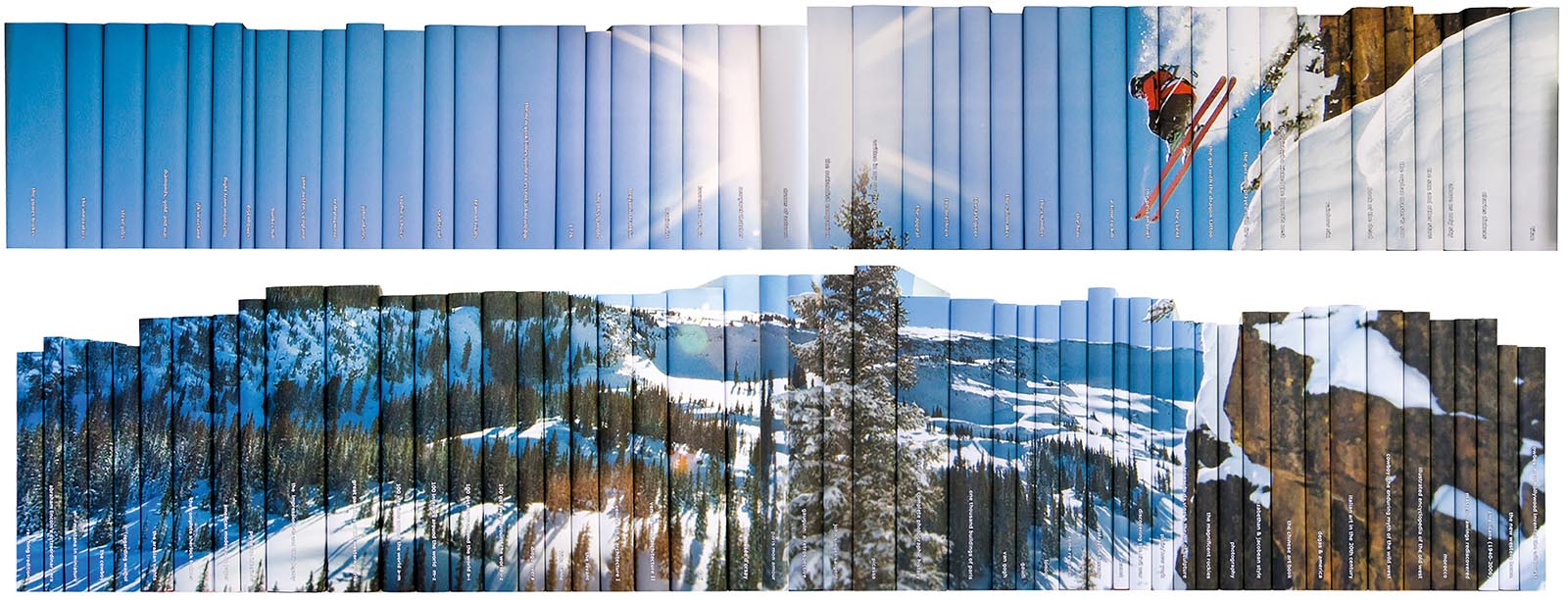
Not only is there a book or a collection of books for everyone, but non-readers tend to appreciate the thoughtfulness of receiving books that are in their interest areas. It’s a considerate gift and it’s wholly original, compared to the more typical host gifts of wine or flowers.
After all, if you know a cigar lover, you could try to buy them a cigar as a gift. But what specific kind of cigar do they like? Your taste or knowledge of the market may not be as sophisticated as theirs. You don’t really know what they already have in their cigar collection; what would enhance and what would simply be redundant or out of place?
However, gifting a book about cigars demonstrates that you know your friend, you’ve followed their interests, and thought about a gift that is meaningful, special, and not already on their shelves.
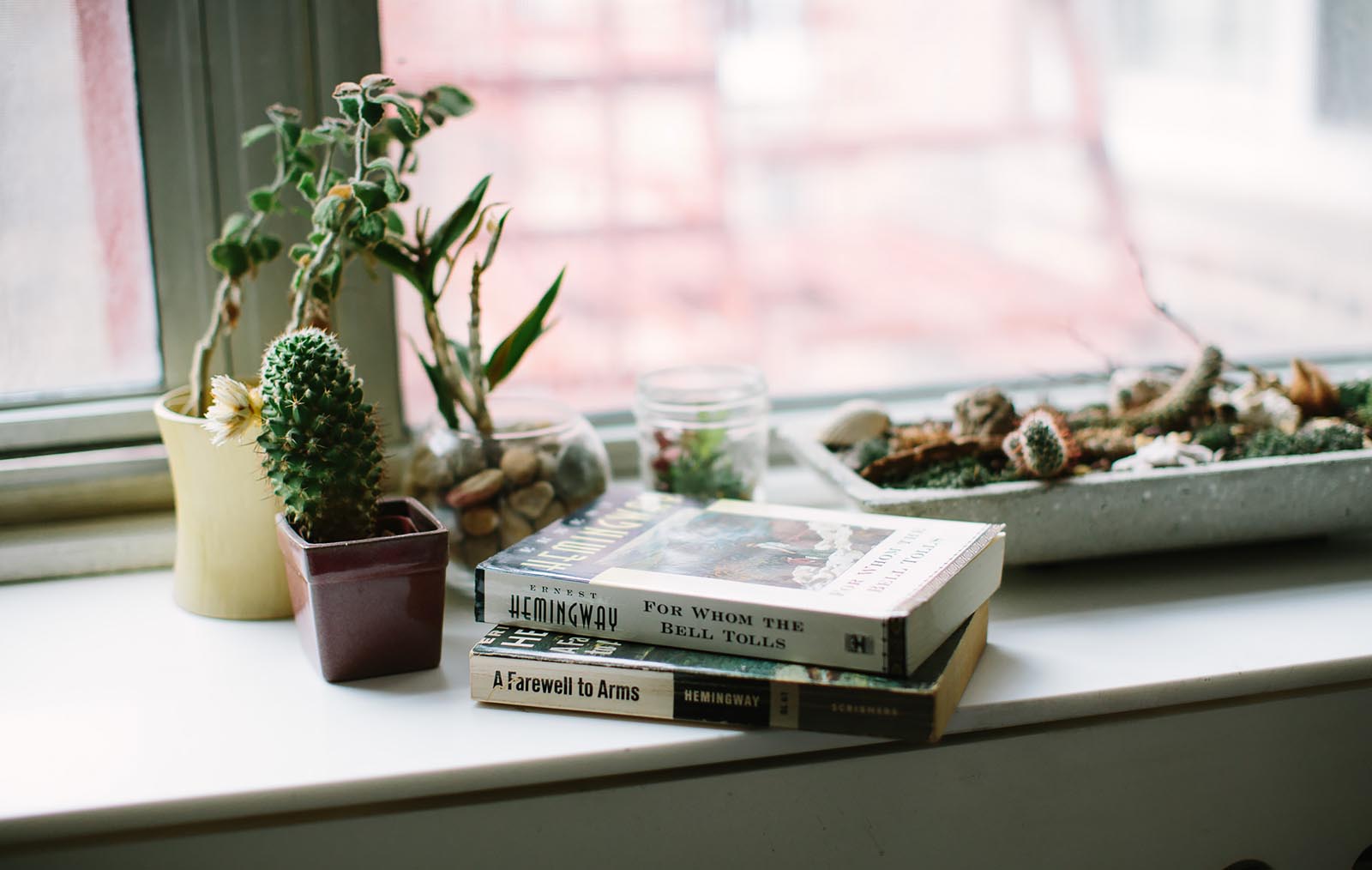
Credit: Christine Han. Features the home of Claudia Wu.
Soon after Thatcher started selling books and attending estate auctions, his dad, Barry Wine, got the book-hunting bug alongside his son and would join Thatcher on his adventures. When they were apart (Barry lives in New York, Thatcher in Colorado), Barry would visit country auctions alone, often bringing home thirty or more boxes of books. He loved going through each box and finding the one gem amongst the many. When Barry attends a dinner or a party, he frequently brings a book as a gift for his hosts and, because he is a good observer of people’s interests, he is often able to identify the perfect book for them!
For the most part, people are delighted to receive books as gifts, especially if the book is thoughtfully chosen. The level of consideration required to choose a book shows that you are both a thoughtful person and a good gift giver. If you are a good friend and a good listener you will know just what book your friend would love and appreciate—give them something that could become part of a cherished collection.
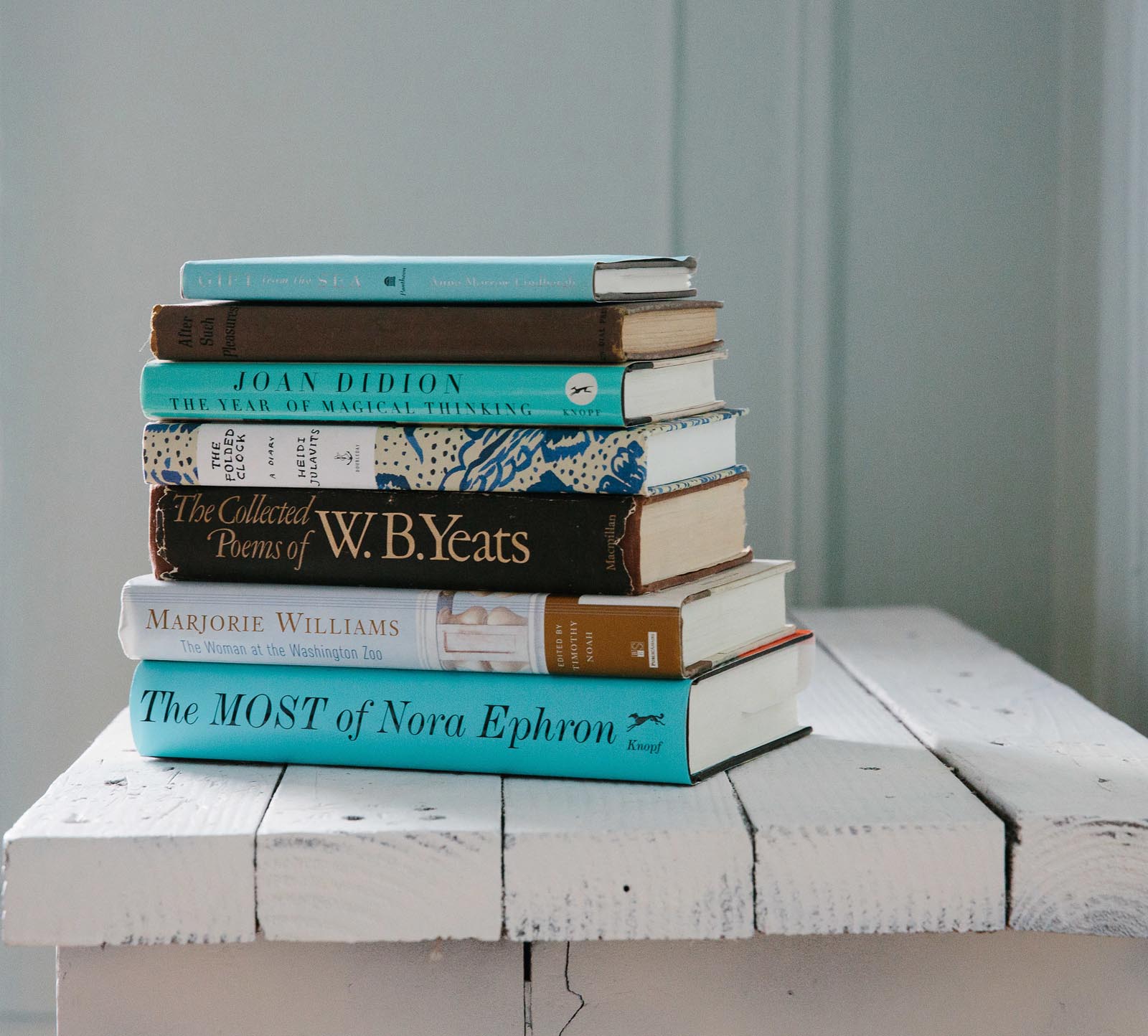
Credit: Christine Han.
Perhaps within your home you find yourself confronted with a different problem of space—too many shelves, too few books. Starting a collection can feel intimidating.
With more than 900,000 books published every year, when you begin to focus on your hobby or interests as potential book subjects, trust us—you’ll find a book on that.
As you begin to go through your shelves, here are a few questions to ask:
Do you own some books in your interest area already?
Have you received gifts from people who knew you were into this subject and found a book for you?
How has knowledge and the treatment of the subject changed over time? Mixing new books on the subject with vintage and antique books is a fun approach.
Do you have stacks of books that you purchased and you aren’t sure where to put them?
Did you previously tuck books somewhere random because you weren’t sure if they belonged on the bookshelves?
Bring the piles into the light. You may find the undercurrents of a collection, unifying themes that you didn’t realize you had!
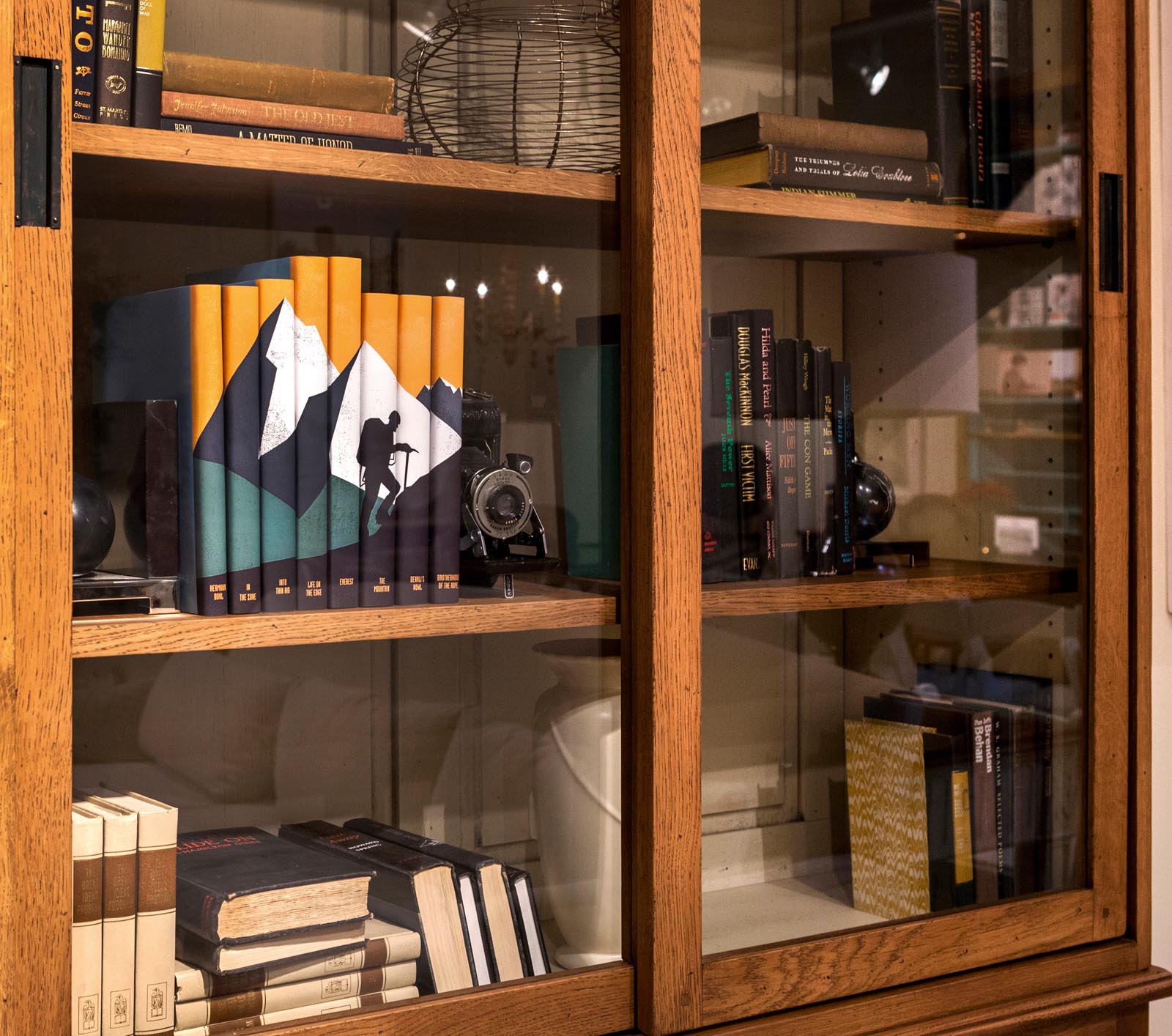
What are my hobbies? How are they represented in my home, but maybe not on my shelves? As you identify your interests, you may find you already have quite a few books on the subject.
Do I already own books on these hobbies? Can the books on the same subjects be brought together to tell a more impactful story?
Which of my hobbies are not represented on my shelves that should be?
Which of my hobbies are represented disproportionately? For example a hobby that I don’t have any books on, or an interest that is overrepresented by too many books now that I’m not as into it as I once was?
Make a list of books and subjects you want to add.
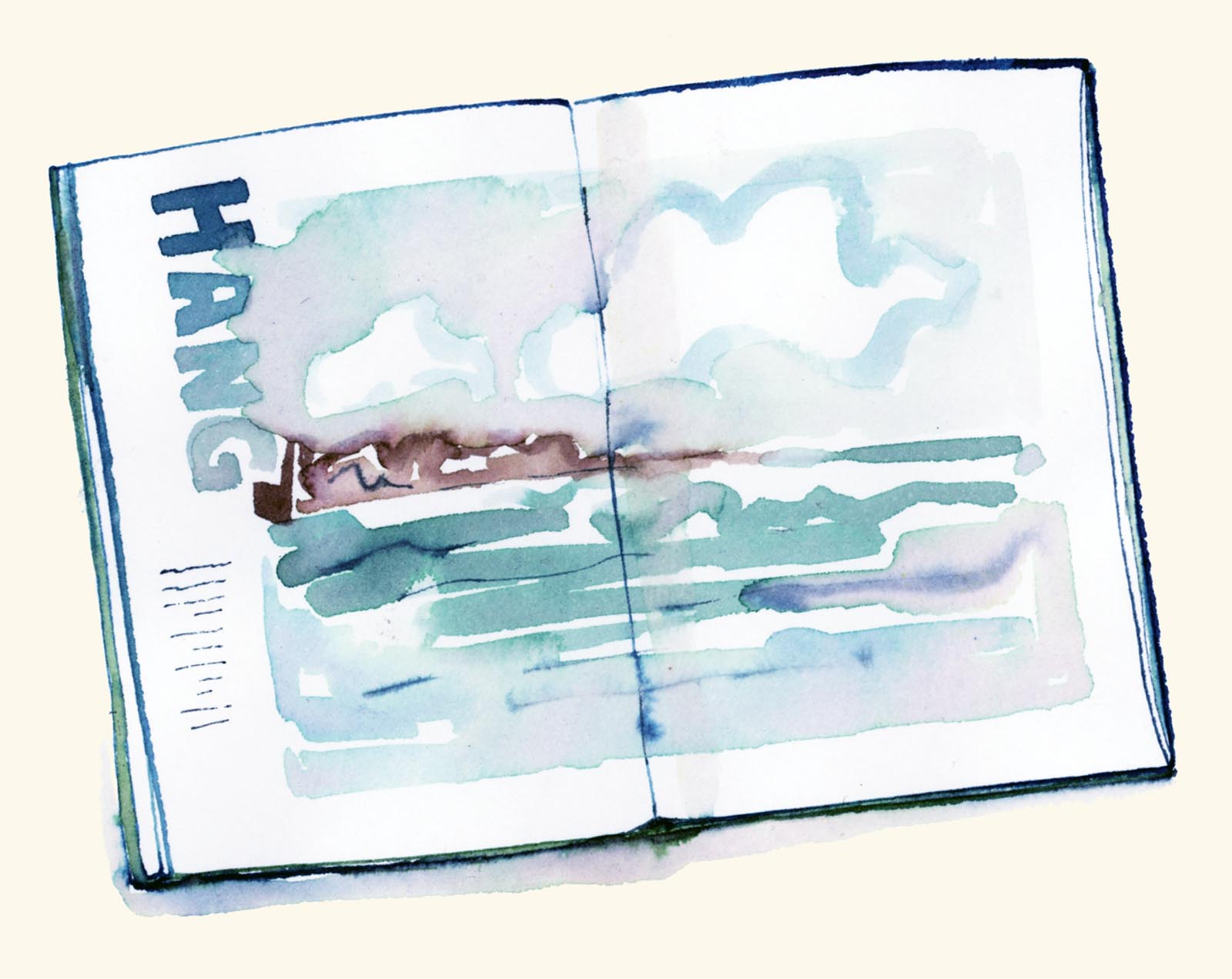
If you love Harley-Davidsons, does it make more sense to have a collection of books about Harleys or vintage road signs, or to perhaps mix the two? You could have a section of Harley books on your shelf and some Harley bookends holding them in place (they exist!).
If you love the Star Wars movies, you could buy a poster or some memorabilia at an auction, or even get a tattoo. All great choices. Building a book collection of Star Wars books on the other hand has different meaning, and could take up a lot of space as there are hundreds of titles. It’s one of those fields with hundreds of series that can be collected on their own (e.g., the Rebel Force series, Adventure series, Jedi Apprentice series, etc.) or an attempt could be made at collecting them all. Once you collect all the American or English language books, you could move on to international editions. No matter what you do, the books you end up with will help tell the story of who you are to anyone who sees your shelves.
A few other ideas of collections to build around the house:
Cocktails: Maybe you have lots of useful books on the subject, recipes, etc., but perhaps a copy of the classic Savoy cocktail book would tie it all together.
Lawn Care: Perhaps select a few how-to books from your region and couple them with a bit of inspiration from The Education of a Gardener and beautiful British landscaping books.
Travel: You love Paris, but do you own a copy of A Moveable Feast or the works of Gertrude Stein?
The options are thrillingly endless; your library can flow in any direction.
When building a book collection and filling your house with books, it’s inspiring to remember that you are the one in control of the book collection’s destiny. It’s not the creator of the series, the author of the books, or the publishing house—it’s you.
You are the director, set designer, and storyteller for your shelves. You want the book and the reasons are wholly your own—to read, to possess, to display, for myriad reasons known only to you. You have a billion choices and, thankfully, the choice is yours—to choose that book and that place on your shelf.
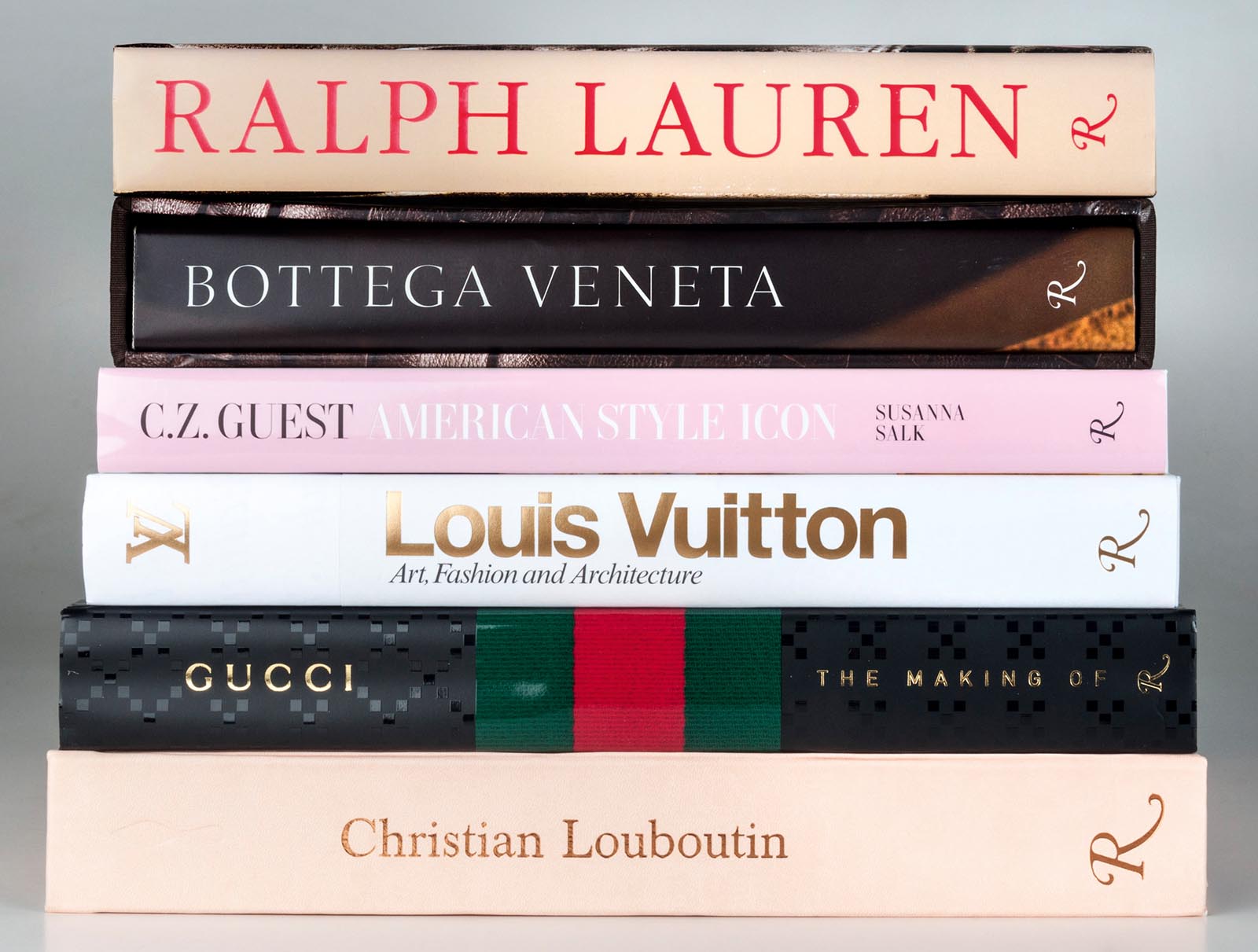
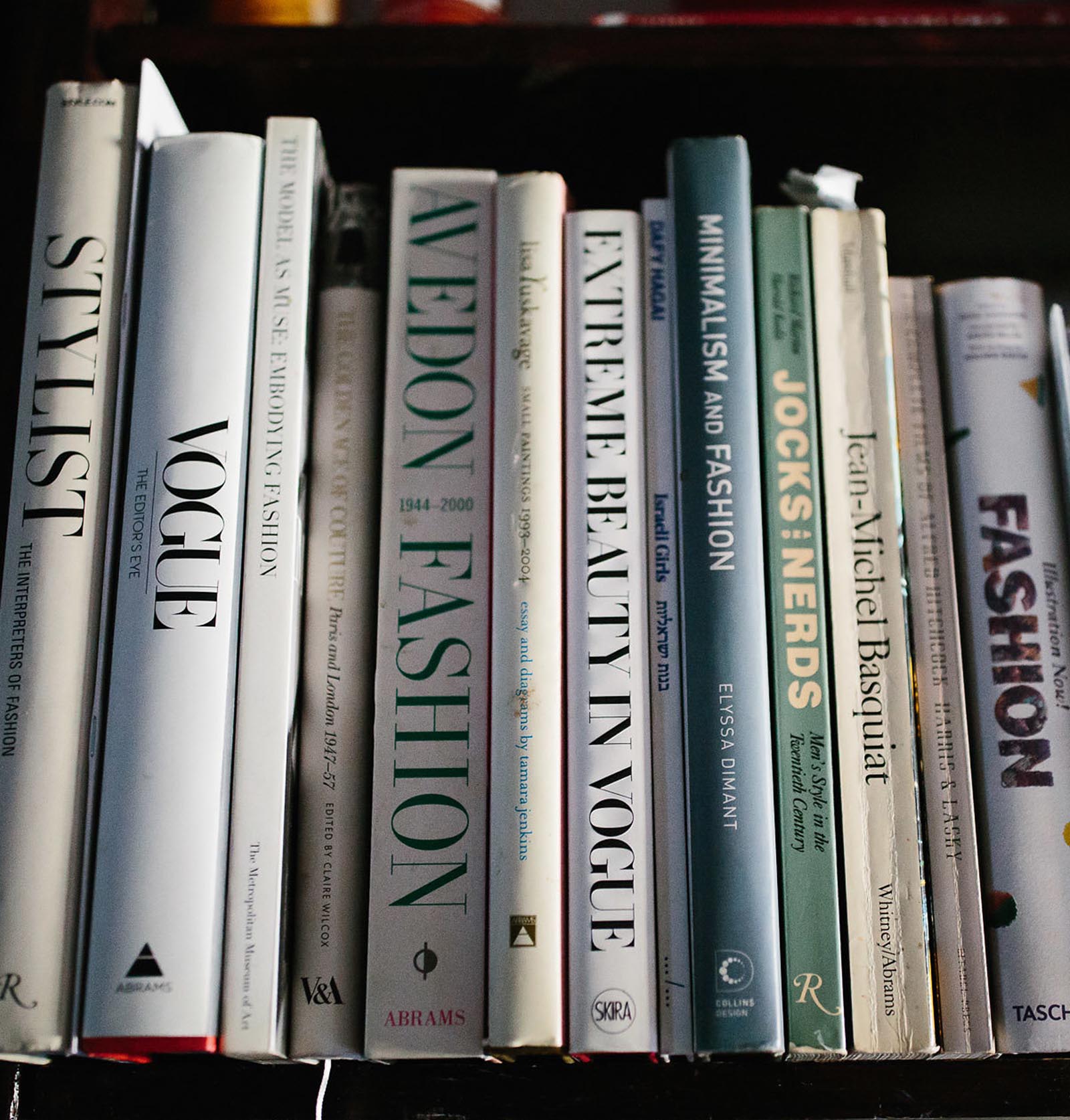
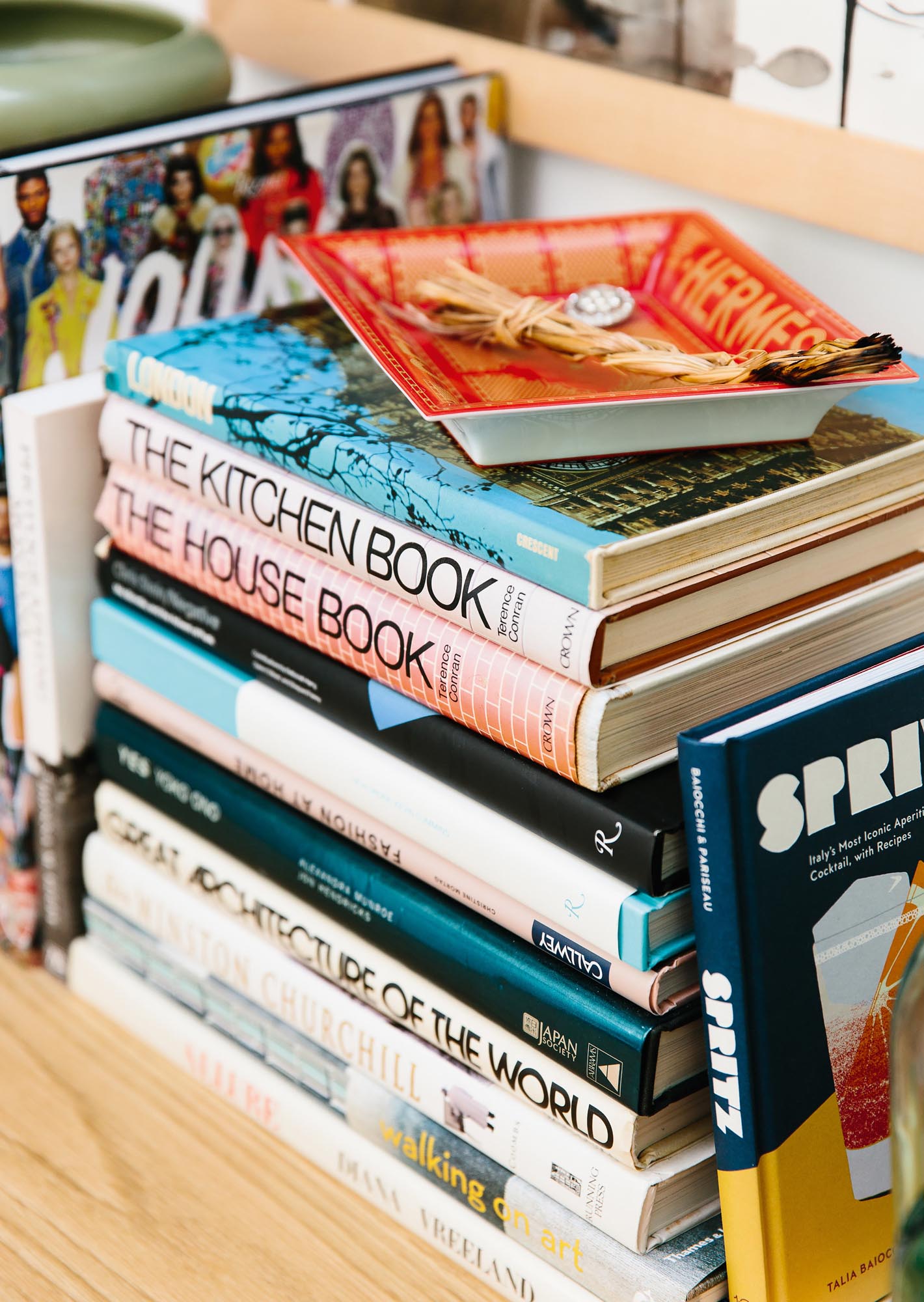
Credit: Christine Han. Features the home of Christene Barberich.
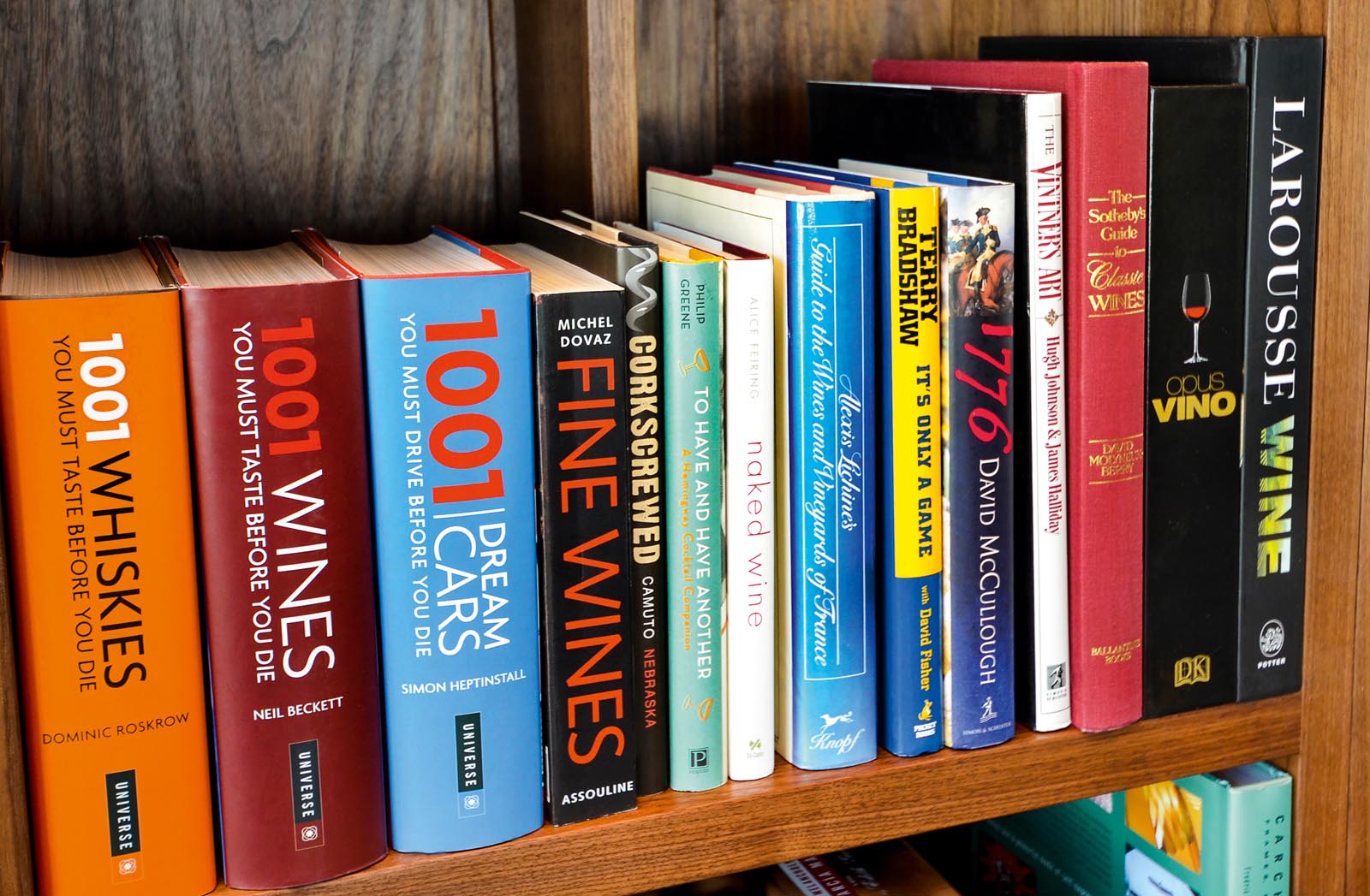
One of Elizabeth’s favorite hobbies is cooking (she even dreamt of going to culinary school). In lieu of a cooking career, she has built quite a cookbook collection and for about a minute in 2009, she thought her beloved reference text might be in peril. Could a genre with such a long history be proved irrelevant in the twenty-first century?
When one thinks of ancient books, generally the religious and philosophical variety come to mind first. But cookbooks, too, have a long and rich history. The first cookbooks, written on clay tablets 3,700 years ago were discovered alongside their more predictable counterparts and, similar to the texts of devotion we would expect, these early cooking texts are thought to have been created not for people, but rather for the gods.
In the Victorian era, the publication of Mrs. Beeton’s Book of Household Management in 1861 caused a sensation selling nearly sixty thousand copies in the first year and nearly two million copies in seven years!
The other most successful cookbooks in history include the Better Homes and Gardens New Cook Book (nearly forty million sold), Joy of Cooking (eighteen million copies sold), and The Fannie Farmer Cookbook (originally called The Boston Cooking-School Cook Book)—with approximately four million copies sold.2
Fast-forward to the modern era: In the year 2010, as the printed book appeared to be facing its final days, none seemed closer to the chopping block than the hardcover cookbook. That stalwart home reference book seemed too cumbersome, perceived to be outdated as soon as it was printed, bordering on completely obsolete. The first iPad had hit the market and countless apps that would instantaneously download a digital shopping list from your favorite cookbook seemed like an answered prayer.
Apps from beloved websites like Food52 and Epicurious offered new ways to think about ingredients and recipes. They brought a library of books into the kitchen, loaded onto a single device that could be wiped clean after receiving a splattering of oil.
A sense of panic set in as publishers feverishly joined the app game, producing apps and enhanced e-books—multimedia marvels filled with beautifully staged food photos and user friendly how-to videos. There was some universal wonder about whether anyone would ever need (or want) to buy a printed cookbook again.
The iPad solved many of the printed cookbook’s problems. Size was no longer an issue. A long ingredient list could now be easily managed. You could simply slip the ingredient list in your purse, no longer needing to physically transcribe. The app even sorted the ingredients by grocery store aisle.
However, instead of going away, printed cookbooks responded to the threat of technology by being upgraded. The cover designs got better, the quality of food photography dramatically improved, the content was richer and more engaging—the cookbooks printed today are rarely compendiums of recipes, they are often masterpieces of written and visual storytelling.
Similar to the magic of a children’s book, there’s that indescribable essence held within our favorite cookbooks, the ones with oil-stained pages and notes from our mother scribbled in the margins. With respect to technology, it’s also possible we simply have user fatigue. Digital assistance in the kitchen while we are doing something very physically engaging—cooking, talking, and sipping a glass of wine—can be distracting and overwhelming instead of helpful. Flipping through a hardcover collection of recipes accompanied by beautiful pictures feels good; it nurtures our immersion in the world where we are present to do the cooking for, and feeding of, ourselves and our families.
